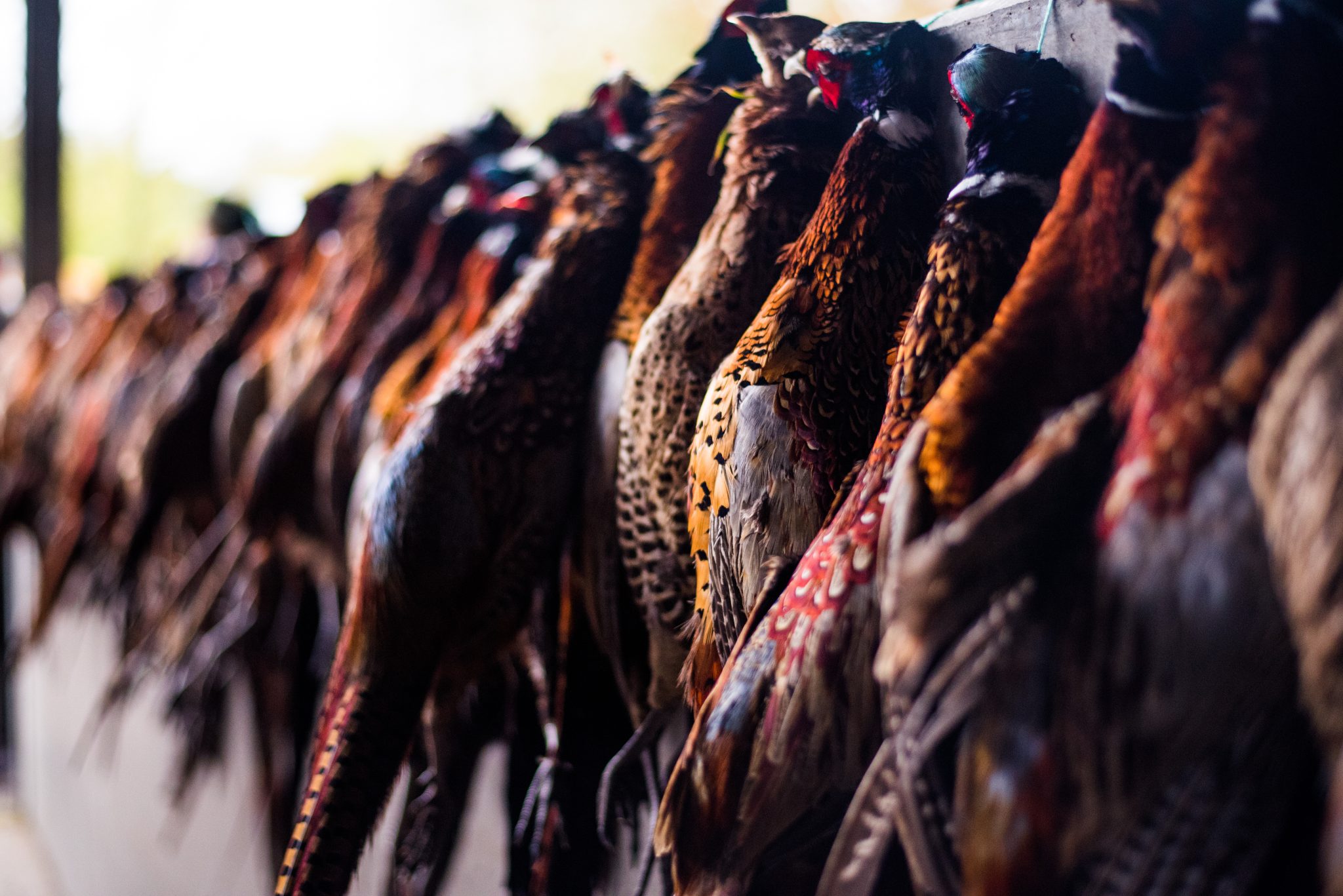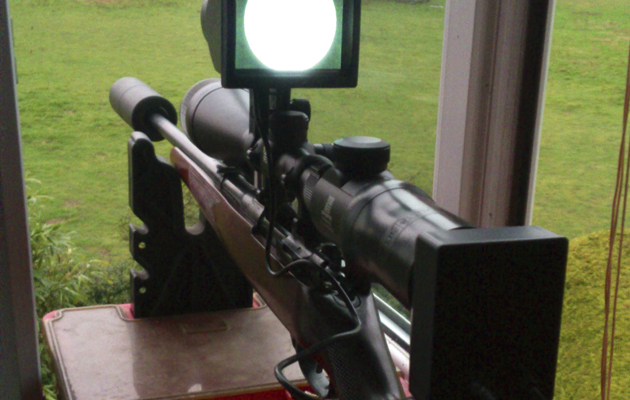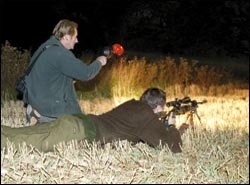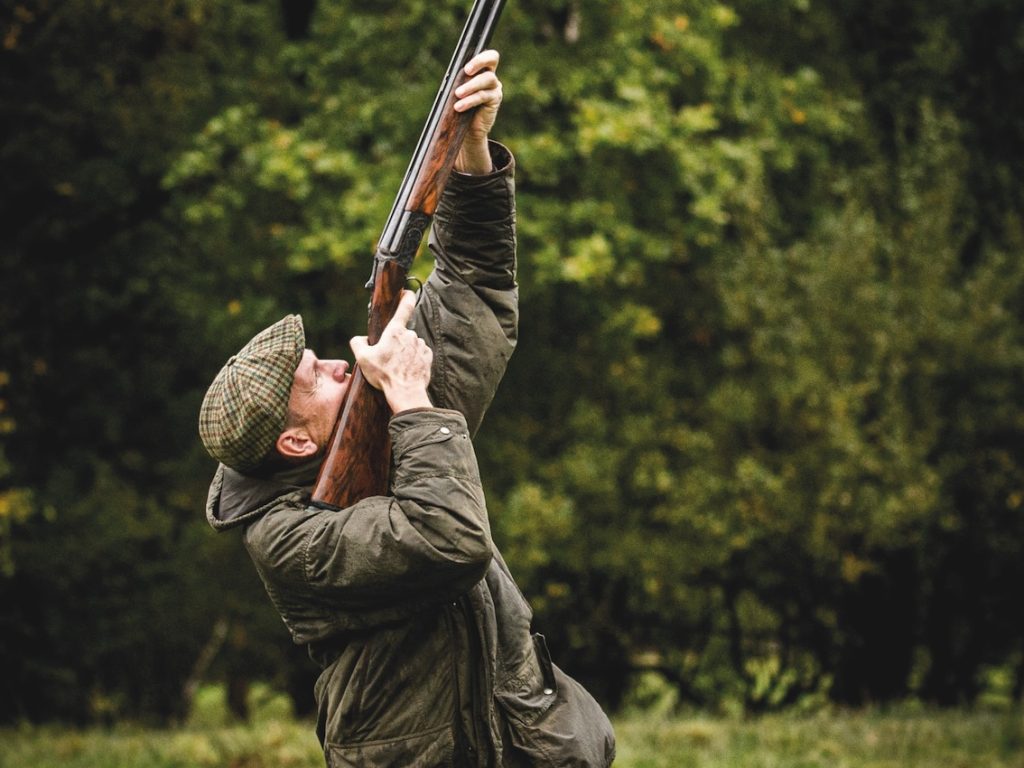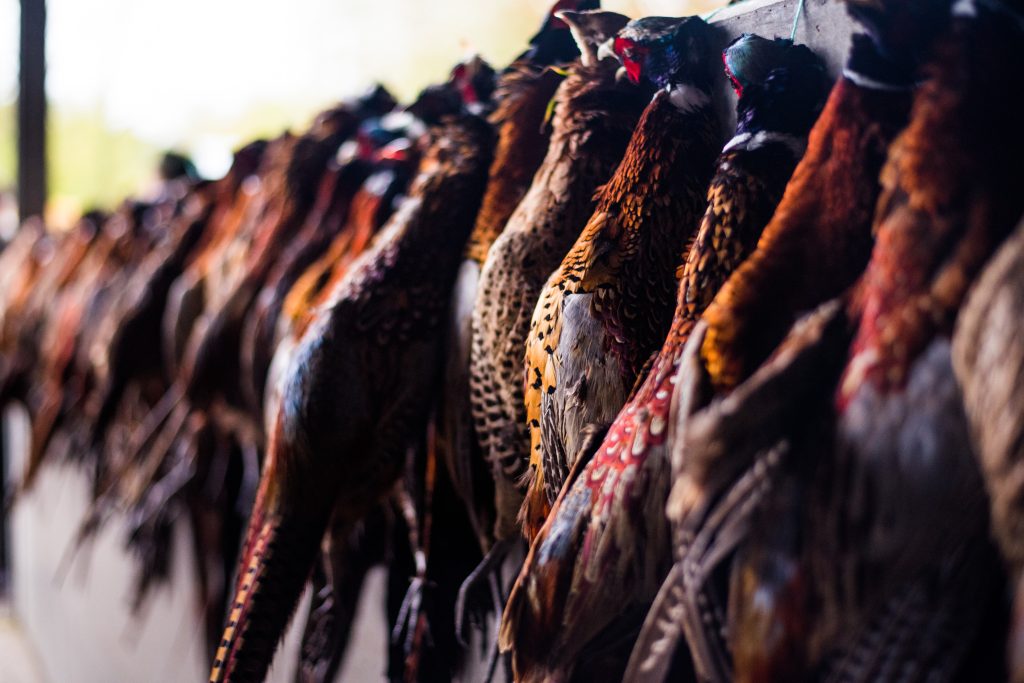Win CENS ProFlex DX5 earplugs worth £1,149 – enter here
Your essential fox-control kit
A decent rifle, a high-quality telescopic sight and a generous portion of luck are the essential items in the amateur’s fox-control kit

Brer Fox’s lifestyle has always brought him into conflict with Man. Whether you rear pheasants and partridges, simply have a few chickens to provide eggs for the house, or keep a rabbit or three as family pets, you can almost guarantee that our little red friend will wish to be included as part of the enterprise. And, unless you keep your birds in battery cages or secure buildings, he will be part of your enterprise, whether you like it or not.
Despite the most determined efforts of many good, keen men and women, foxes seem to increase in numbers every year, so damage limitation is the name of the game. My wife and I kept free-range chickens on this well-keepered shooting estate for many years until they were wiped out twice, in broad daylight, in consecutive springs.
They were under the protection of my rifle from the bedroom window, but it was an impossible task to sit there for the whole of May and June while foxes were hunting in daylight to feed growing cubs. Even the most rigorous search failed to reveal the location of the earth, and I suspect it may lie in the sanctuary of the country park on the other side of the Newbridge road.
Foxing at night
I have killed 22 foxes from that same bedroom window, but eventually I was defeated by the intelligence of a superior being, so perhaps my suggestions should be taken with a pinch of salt.
I should add that I am a rifleman rather than a gamekeeper, so I may safely leave trapping and snaring to the likes of Andy Swallow, who knows far more about it. Andy is a true professional, while I – even though I know a bit about rifles and hunting – am a mere amateur when it comes to shooting foxes.
There are many people involved in fox control, from full professionals to the occasional amateur. For us amateurs, it is a hobby that has, given a bit of luck and good management, a useful end-product. But in whichever way we do our foxing, most of it is done at night, mainly with a rifle.
Individual preferences
The rifle needs to be touched on only briefly, because in general you will have a preference and, in all likelihood, nothing that I say here will change your mind. Being a bit of a traditionalist, I like the .22 Hornet. However, others may prefer the .222, .223 or .22-250 with the occasional addition of a .17 Remington or .243. Be my guest – any of them will work, so long as you point them straight.
Next up is the telescopic sight and, here again, there is much argument. My own view is that, for normal beings, whose fox-shooting does not stretch out to the hardly believable distances reported in certain other publications, a good 6x or possibly 8x scope is all that you need. The fox is not a large target, so keep the cross-hairs fairly fine.
After dark, the usual solution is a lamp, either operated by a companion or attached to the rifle. Rifle-mounted ones are very handy, but they can produce so much reflected glare from the sound moderator that you cannot see the target; so choose one with care and take advice from other users.
Infra-red night vision
However, foxes soon become lamp-shy, especially if they have been lamped and missed a couple of times, so, if you can afford it, night-vision equipment may be the way to go, even though nowadays the best equipment can cost about the same as a brand-new car. I have never even seen any (pensioners can’t run to such things, of course) but the reports that I read do rate it highly.
I have a NiteSite NS200 infra-red, which is fairly good. It resembles a small television mounted on your scope with its camera actually looking through the scope, so you see the cross-hairs on the screen. They cost about £600, which is quite a bit less than even a second-hand rifle and scope. They are not squaddy-proof, but they are affordable and work well if you are careful with your kit.
Attempts to outwit Brer Fox may require you to spend a lot of time, drive a lot of miles and squeak a lot of squeaks. But, once past the equivalent of teenage years, he is nobody’s fool. One of the most effective ways of coming to grips with him was shown to me by my old friend David Stretton. David has a pit into which are cast irresistible morsels such as deer gralloch, rabbit paunches and dead birds, among other things. One or two such feeding spots, sited where they are unlikely to offend the public, and each with a high seat 100 yards away, can make foxing a slightly less iffy business.
Related Articles
Get the latest news delivered direct to your door
Subscribe to Shooting Times & Country
Discover the ultimate companion for field sports enthusiasts with Shooting Times & Country Magazine, the UK’s leading weekly publication that has been at the forefront of shooting culture since 1882. Subscribers gain access to expert tips, comprehensive gear reviews, seasonal advice and a vibrant community of like-minded shooters.
Save on shop price when you subscribe with weekly issues featuring in-depth articles on gundog training, exclusive member offers and access to the digital back issue library. A Shooting Times & Country subscription is more than a magazine, don’t just read about the countryside; immerse yourself in its most authoritative and engaging publication.





